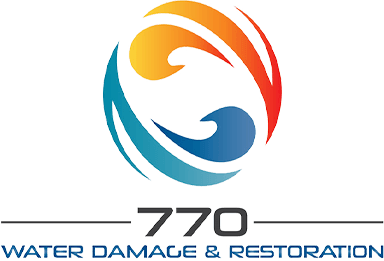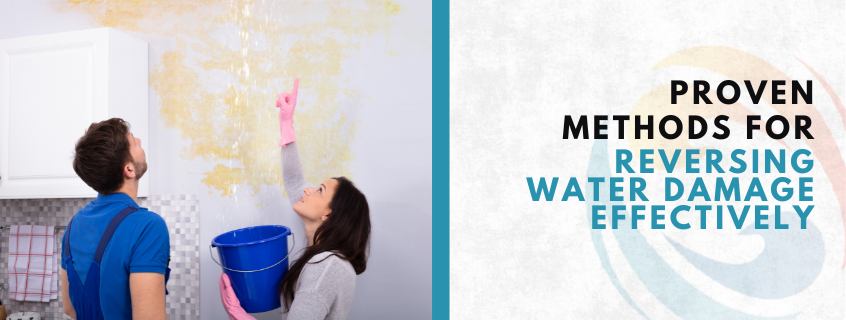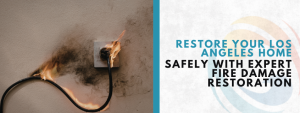From burst pipes to storm floods, water damage can disrupt life in an instant. In Pacific Palisades, the effects can be especially costly, but reversing water damage effectively is within reach. With the right approach, you can dry, repair, and renew your space, turning a stressful situation into a fresh start. This guide reveals the essential steps to restore both comfort and safety to your home.
In the event of severe weather, Pacific Palisades homeowners often face the daunting challenge of flood damage restoration, which requires immediate attention to prevent further issues. Emergency water damage services are crucial during such times, as they provide timely intervention to mitigate the effects of standing water and protect the integrity of the property. A comprehensive water damage cleanup ensures that impacted areas are thoroughly dried and sanitized, reducing the risk of mold growth and structural damage. Once the immediate concerns are addressed, professional water damage repair can restore the home to its pre-loss condition, reversing water damage effectively and ensuring a safe and comfortable living environment for all residents.
Understanding Water Damage
Imagine coming home after a long day at work, only to find water pooling on your kitchen floor. Panic sets in as you quickly realize the issue isn’t just a small leak. Water damage can compromise your home’s structure, lead to mold growth, and ruin cherished possessions. But first, let’s understand the different types of water damage:
- Clean Water: This is water from a clean source, such as a broken pipe or a washing machine overflow. It’s generally safe to handle.
- Grey Water: This includes water from sinks, showers, or dishwashers, which may contain some contaminants but is not classified as sewage.
- Black Water: Water that comes from sewage or flooding is highly contaminated and poses severe health risks.
Recognizing the type of water damage you’re dealing with is the first step in reversing it effectively.
Assessing the Damage
Before implementing any strategies, it’s crucial to assess the extent of the damage. Walk through your Pacific Palisades home and look for:
- Water stains on walls or ceilings
- A musty smell, indicating hidden moisture
- Mold growth in damp areas
Once you have a clear picture, you can create a plan of action for reversing water damage effectively.
Immediate Actions to Take
When you discover water damage, acting quickly can make all the difference. Here’s a list of immediate steps you should follow:
- Turn Off Electricity: Safety is the priority. If water is near electrical outlets or appliances, turn off the power supply to prevent electrocution.
- Stop the Source: If possible, identify the root cause (like a burst pipe) and stop the water flow.
- Remove Water: Use buckets, towels, or a wet/dry vacuum to get rid of standing water. For larger areas, consider hiring professionals with pumps.
- Dry the Area: Open windows and doors to promote airflow. Set up fans and dehumidifiers to reduce moisture levels.
- Remove Belongings: Take wet furniture, carpets, and personal items out of the affected area to prevent further damage.
The Drying Process: Key to Reversing Water Damage Effectively
Once the immediate threat is handled, it’s essential to focus on drying. This step is critical in reversing Pacific Palisades water damage effectively. Here’s how to approach it:
- Airflow: Utilize fans to circulate air. Ideally, you want a cross-breeze effect to speed up evaporation.
- Dehumidifiers: These devices help extract moisture from the air, preventing mold growth and accelerating drying.
- Hydro Sensors and Moisture Meters: If you have access to these tools, they can help determine moisture levels in walls and floors, assisting you in knowing when the area is truly dry.
As you go through the drying process, remember that keeping your environment humid can hinder recovery efforts. Maintaining low humidity is vital for reversing water damage effectively.
Inspecting for Mold Growth
After drying, the next concern is mold, which thrives in moist environments. If you’ve successfully reversing water damage effectively, you should inspect for signs of mold.
- Look for Discoloration: Mold can appear as black or green spots on walls and ceilings.
- Smell for Odors: A musty smell often indicates mold presence.
- For small areas: Clean with a mixture of water and dish soap or a commercial mold remover.
- For larger infestations: Consider hiring professionals to handle the problem safely.
Repairing and Restoring Your Home
Once you’ve successfully dried the area and dealt with any mold issues, it’s time to repair and restore, reversing water damage effectively. This phase may include:
- Replacing Damaged Materials: Drywall, insulation, and flooring might need replacement if they absorbed significant moisture.
- Repainting and Refinishing: After repairs, don’t forget to repaint the affected areas to restore their appearance.
- Checking Infrastructure: If the water damage was severe, have a professional inspect your home’s structure for integrity.
Preventative Measures for the Future
Reversing water damage effectively is just one part of the equation. To avoid future mishaps, consider implementing these preventative measures:
- Regular Inspections: Check your plumbing and roofing regularly for potential issues.
- Install a sump pump: This can be a lifesaver in flood-prone areas.
- Water-Detecting Devices: Consider buying sensors that alert you to leaks before they become bigger issues.
Every home faces challenges over time—whether from aging materials, unexpected disasters, or the wear and tear of everyday life. When water damage strikes, acting quickly is essential to prevent long-term issues. Water Damage Restoration Pacific Palisades services provide expert solutions to remove excess water, dry affected areas, and restore your home to its best condition. Skilled technicians use advanced equipment to address hidden moisture, prevent mold growth, and protect structural integrity. By investing in professional restoration, you not only repair the damage but also refresh your living space, reversing water damage effectively and bringing back the comfort, safety, and beauty your home deserves.
Essential FAQs About Water Damage Recovery
What should I do first after water damage?
Turn off electricity in the affected area, stop the leak if possible, and remove any standing water.
How can I identify hidden water damage?
Watch for water stains, musty odors, warped flooring, or peeling paint—common signs of unseen moisture.
Is DIY cleanup safe for water damage?
Minor issues may be manageable on your own, but significant water damage requires professional expertise to ensure thorough cleanup and prevent mold.
How long does reversing water damage take?
Drying can begin within hours, but full restoration may take several days to weeks depending on the severity of the damage.
Is water damage covered by insurance?
In most cases, sudden and accidental water damage—such as from burst pipes—is covered by homeowners’ insurance. However, gradual leaks or neglect may not be included.







